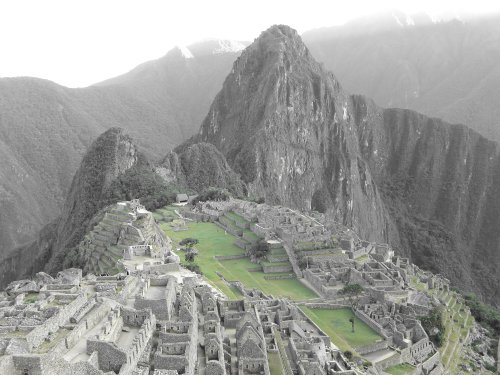Peru, a Legacy of Indigenous Wisdom
Our entire time in Peru was an ethnology and anthropology lesson, which motivated many reflections, questioning, and feelings regarding how we live today. When we hear Peru, Inca is usually the only indigenous civilization that comes to mind, but there are so many more that existed and left a tremendous legacy in this territory. We learned about the Paracas, Nazca, Lima, Wari, Moches, Chimu, Chachapoyas, and Inca civilizations at different museums and archaeological sites. Peru is a nation with 116 languages, mostly concentrated in the amazon jungle. The country today has 2 million people that do not speak Spanish. Quechua and Aymara are the indigenous languages most spoken.

Although we did not get to see them, we were interested by the mystery of the geoglyphs of Nazca, strongly protected and studied for years by the German Mathematician Maria Reiche Neumann until UNESCO finally declared them World Heritage in 1994. We got to visit two archaeological sites in Lima corresponding to the pre-Inca civilizations of Moche and Lima. From Trujillo, Huanchaco, Chachapoyas, and Ayacucho we visited Huaca de la Luna, Chan Chan, Kuelap, and Wari respectively. All are amazing archaeological testimonies of magnificence pre-Inca civilizations. Huaca de la Luna and Chan Chan inspired by gods and built with adobe are intriguing. The curving stone walls of the city of Kuelap made us think about the ones we admired a while ago in Great Zimbabwe. Kuelap is very impressive and while there we closed our eyes and imagined how beautiful it was on the very top of the Amazonic Andes before it was oppressed by the Incas and the Spanish. Every time we saw how amazing all these Pre-Inca civilizations were, how advanced, meaningful, and pretty their constructions look, we cannot help to feel sad the genocide the Incas and Spanish colonizers caused. It is believed today that Inca conquered most cultural groups without violence and incorporated their knowledge and beliefs into their empire and that those who resisted them were battled. These are some of the ethnic groups that the Incas conquered to expand their empire: Wankas, Aymaras, Chiribaya, Chancayn Chimu, Chachapoyas, Cañaris, and Chankas. We could not help to wonder why we humans struggle so much to allow others to live freely and differently. Why we always end trying to conquer and oppress each other? Why power and wealth are more important than respect, diversity, and harmony? We persistently confirm these are the recurrent issues of humanity past and present, and the main cause of wars and cultural genocide across the globe.

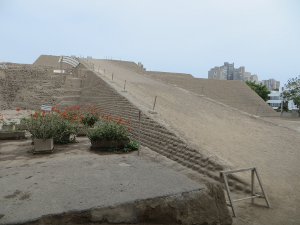

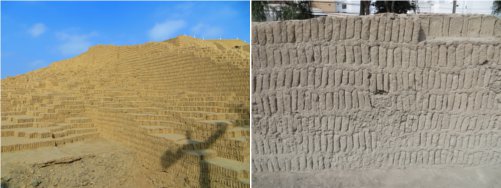


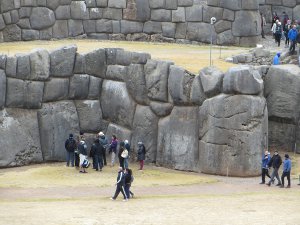
From Cuzco, we also visited several archaeological sites of the Inca Empire, including Tipon, Moray, Saqsaywaman, Ollantaytambo, and Pisac among others. Tipon was a masterpiece of hydro-agro engineering where water was adored. The channels through which 20 liters of pure water run per minute that were used during dry months to grow crops. Saqsaywaman surprised us with the huge size and weight of its rocks placed to form impressive, zigzagged walls with a depth of 4 meters (13 feet) under the current soil.

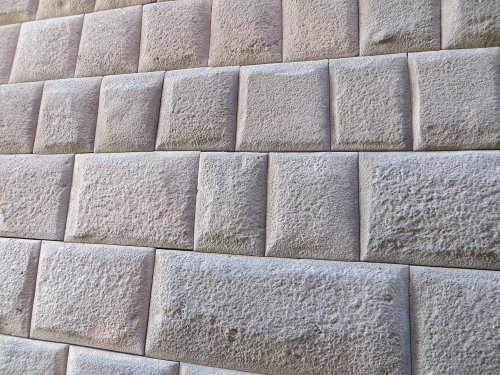
Moray, a beautiful piece of agriculture art composted by concentric terraces built deep into the mountains was Gisela’s favorite. It was the place were Incas used to acclimatize seeds, accomplish the process of hybrid species, and grow about 3,500 varieties of potatoes and 2,500 varieties of corn. Pisaq was a city where Inca agriculture and spirituality met, a mountain with terraces and caves where mummies have been found. Ollantaytambo, a place used to retreat and rest along the Inca trails that was located high in the mountains with an impressive wall of huge stones that took the strength of many men to build. We were transported and inspired by the tales of Pachacuteq Inka Yupanki, the great Inca leader of the XV century, who planned, built, expanded, and pushed the civilization to flourish. Although the mummy of Pachacuteq body was disappeared by the Spanish colonizers, the strong Andean identity tied to his legacy has motivated and continues to impulse the pride of indigenous right movements today!
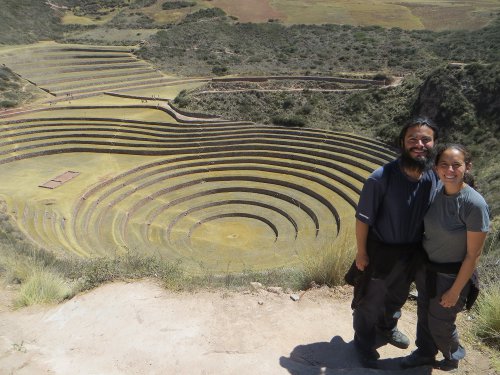
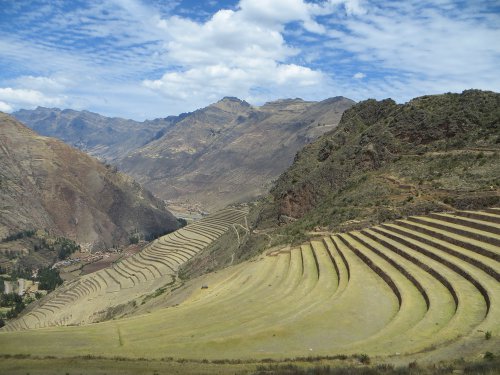

In all those amazing Inca sites we heard different explanations from our guides regarding what they know today about the Incas, but history seems to be relative and depends on the perspective of who is telling it. The Incas continue to be a great mystery and their constructions are a silent testimony of their magnificent culture we continue trying to comprehend. We were fortunate to be hosted by Maria and Benigno in Cuzco, daughter and father with years of experience working in tourism in this region. When we met them, Benigno was 94 years old, lucid, and talkative. Quechua was his first language and he was one of the first university graduate guides in Peru. He had worked since the 50’s as a guide and had visited Machu Picchu about 6,000 times in his life. He retired at the age of 70 and was kind to share with us his knowledge and stories about the great Inca Empire at dinner time every night.
We were amazed by the Inca’s immaculate stonework, evident in their incredible walls of rock which always fit so perfectly between each other. The Inca civilization lasted about 400 years from the 12th to the 16th century. The ending of this advanced empire which extended from the south of Colombia to the center of Chile and north of Argentina, was marked by the arrival of the Spanish colonizers who oppressed them with the power of their guns and forced them to follow the Catholic religion under the fear of their inquisition. The Spanish killed the Inca leaders, destroyed their temples, and used their perfect stone structures to build their churches. It is interesting to note that when strong earthquakes hit Cuzco, all the buildings made by the Spanish had collapsed while the Inca structures still stand. Perhaps this is scientific proof that the Inca culture was more advanced in construction than Europeans. During the period of the Catholic Inquisition in Peru, all natives who refused to accept and practice the colonizer’s religion were tortured and assassinated. Although the Spanish established a regime of cultural genocide against the Incas and all the other indigenous groups, the natives have still been able to preserve their languages like Quechua and Aymara until today and resist, to some extent, extermination.
We finished our Peruvian archaeological journey in Machu Picchu, which was spectacular. The city location surrounded by mountains, its architecture, astrological observatories, and temples left us speechless. There is no doubt why this well-preserved Inca city attracts hundreds of tourist from all over the world daily. It was worth getting to Machu Picchu early to see this Inca city while being showered with the first rays of sun. We spent 6 hours in this archaeological site, taking pictures, a guided tour, and hiking to Puerta del Sol and the Inca Bridge. This city has been well preserved because it was never found by the Spanish. Machu Picchu is impressive and yet it was not meant to be the greatest Inca city. We dreamed again imagining how amazing Cuzco, the belly button of the Inca world, probably was before the Spanish colonizers stole all the treasures and destroyed it. How different would the Americas look today if the European colonizers would not have come? It is impossible not to feel sad about all the wisdom that has been lost. The indigenous people of the Americas lived in great balance with nature; something Mother Earth has been asking us to do in order to protect all forms of life. Many centuries ago, the indigenous people were already practicing that healthy lifestyle, but today the so called “developed” societies still are lost in that search. The greeting of the Incas still transmit their outstanding values and how much we need to learn from them today: “Don’t be a thief, don’t be a liar, don’t be a lazy person.”
